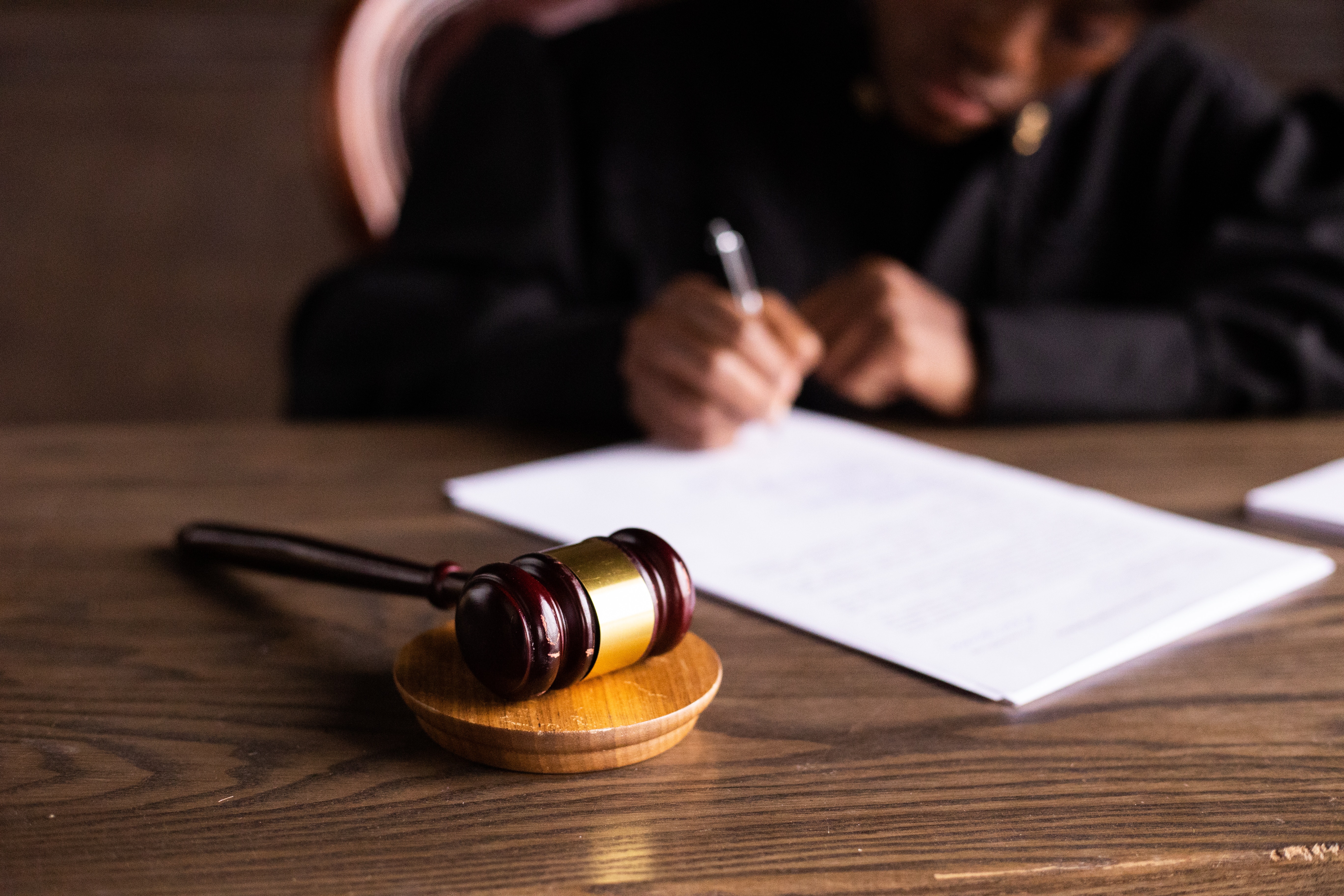
The instrument can be seen as a follow-up to the Patent Declaration of the Max Planck Institute for Innovation and Competition as it seeks to standardise a large part of its provisions. The Instrument only deals with patent law, so that other categories of intellectual property are outside its scope.
In particular, the instrument seeks to ensure that contracting states provide for the protection of the public interest within their legal framework by ensuring the proper functioning of the patent system as a public policy instrument designed to secure the right of the private party who has invested time, capital and ingenuity in the development of an invention.
The instrument aims to establish a core of provisions that protect the public interest in a way that is binding on future contracting parties, who remain free to go beyond the set of permitted uses provided for in the instrument. This approach is a departure from the traditional "minimum protection" approach of international patent law. Among other things, this approach helps Contracting Parties to resist the political pressures that are notorious in international negotiations, especially in the context of bilateral or regional agreements.
The document consists of several parts. The first, the Preamble, aims to set out the motivations and purposes of the instrument with sufficient precision to guide the interpretation of the operative part. This section seeks to set out the national and international context that motivates the introduction of such an instrument into patent law. To this end, the TRIPS Agreement and other international treaties relating to intellectual property are cited.
The second part concerns the clauses, i.e. the substantive provisions to which the parties commit themselves in the area of public interest enforcement of patent law. This part is divided into several sections: patentability, scope, permitted uses, dysfunctional uses, enforcement and jurisdiction. Each of these sections is further subdivided into chapters dealing with different aspects of patent law where states are obliged to ensure the public interest.
The third part of the treaty refers to the instruments, i.e. the public policy tools available to states to ensure the public interest. These instruments include, for example, the introduction of different types of licences, government use, guidelines for the examination of the patentability of inventions, oppositions, revocation, etc.
The last part of the document is the explanatory notes, which aim to provide explanations, comments or other additional information related to the main content. Both comparative law and case law examples are presented here.

Latin American countries face social and economic challenges that demand specific and tailored approaches. In addition, they also have to deal with important global issues such as climate change. Amon ...

A compulsory licence (CL) is an authorisation granted by a government that allows third parties to produce a patented product or use a patented process without the consent of the patent holder, and wh ...

There is a profuse academic production on exceptions and limitations to copyright, especially in developed countries. Different approaches and interests result in a varied offer when investigating the ...